There are some things in this world that you just can't make up, and the story of the US government's stockpiling of vast amounts of American cheese in underground caves is one of them. The cheesy caves of official US government blocks of dairy goodness is not a conspiracy theory, after all. They're real, and they're hiding right under our feet -- as long as our feet are in Missouri.

It all started back in the 1970s, when America was in the midst of a dairy shortage. To combat the crisis, the government decided to wildly overreact subsidize the dairy industry to the tune of two billion dollars over four years.
As it turns out, too much of a good thing can be a bad thing, and the US soon experienced a great dairy surplus. The government didn't know what to do with all of it, and since cheese has a longer shelf life than other dairy products, turning it into big hulking blocks of the stuff was a logical solution.
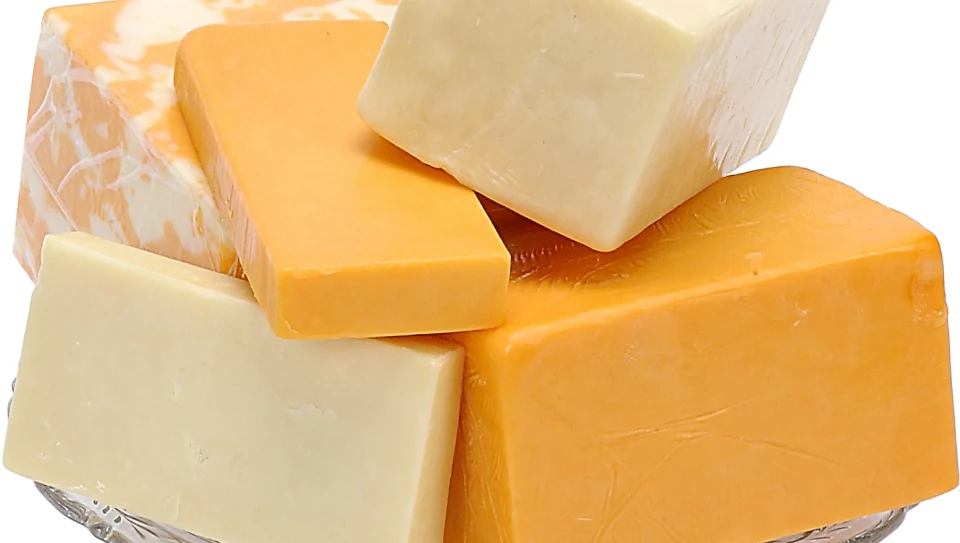
And it kept coming. When they ran out of room for the cheese in one warehouse, they simply built or repurposed another. By the early 1980s, the US government had accumulated over 500 million pounds of cheese, sitting in 150 warehouses across 35 states.
The cheeses weren't aging very gracefully at all, and people were starting to ask questions. Why is the US government sitting on a mountain of food and letting it go bad when there are poor people who could use it? Didn't President Ronald Reagan claim to be against government waste?
To combat this problem, the government had to find a way to get rid of the cheese. They tried selling it to foreign countries, but strict regulations in countries seeking to protect their own industries made it difficult.
Eventually, the government decided to more or less just helicopter drop the cheese across America and see what happens, and the approach was announced rather colorfully. Then-Secretary of Agriculture, John R. Block, held up a five-pound block of cheese in front of White House reporters and said, "We've got 60 million of these that the government owns… It’s moldy, it's deteriorating… we can't find a market for it, we can't sell it, and we're looking to give some of it away."
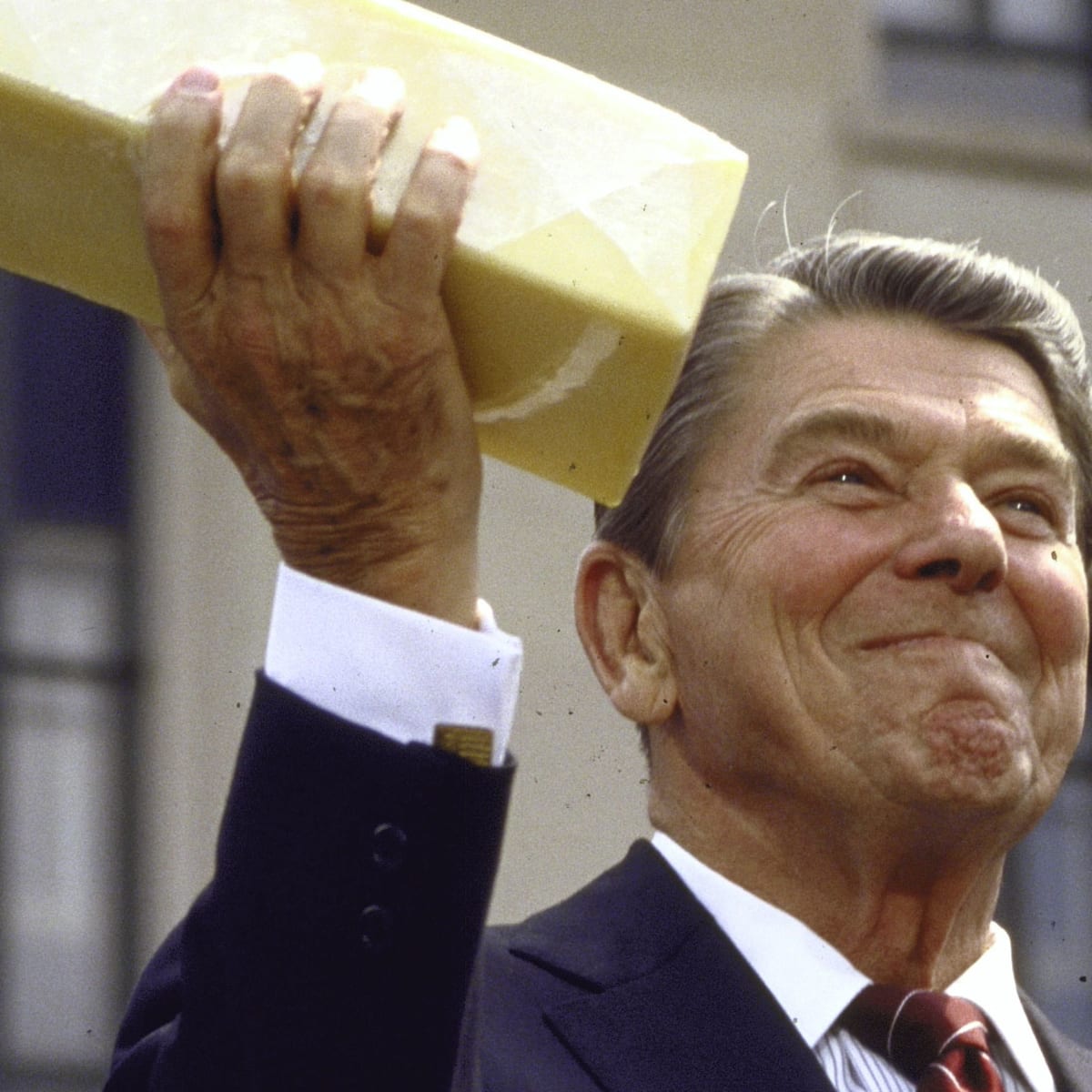
On December 22, 1981, Reagan signed and authorized into law the finalized version of the Agriculture and Food Act of 1981, which called for 560 million pounds of stockpiled cheese to be released, saying that it would …
…be distributed free to the needy by nonprofit organizations." Ronald Reagan, in his official statement about the distribution of the Cheese Inventory of the Commodity Credit Corporation, said, "The 1981 farm bill I signed today will slow the rise in price support levels, but even under this bill, surpluses will continue to pile up. A total of more than 560 million pounds [250,000 t] of cheese has already been consigned to warehouses, so more distributions may be necessary as we continue our drive to root out waste in government and make the best possible use of our nation's resources.
The program was called the Temporary Emergency Food Assistance Program (TEFAP), but quickly became known as "government cheese" because of obvious reasons.
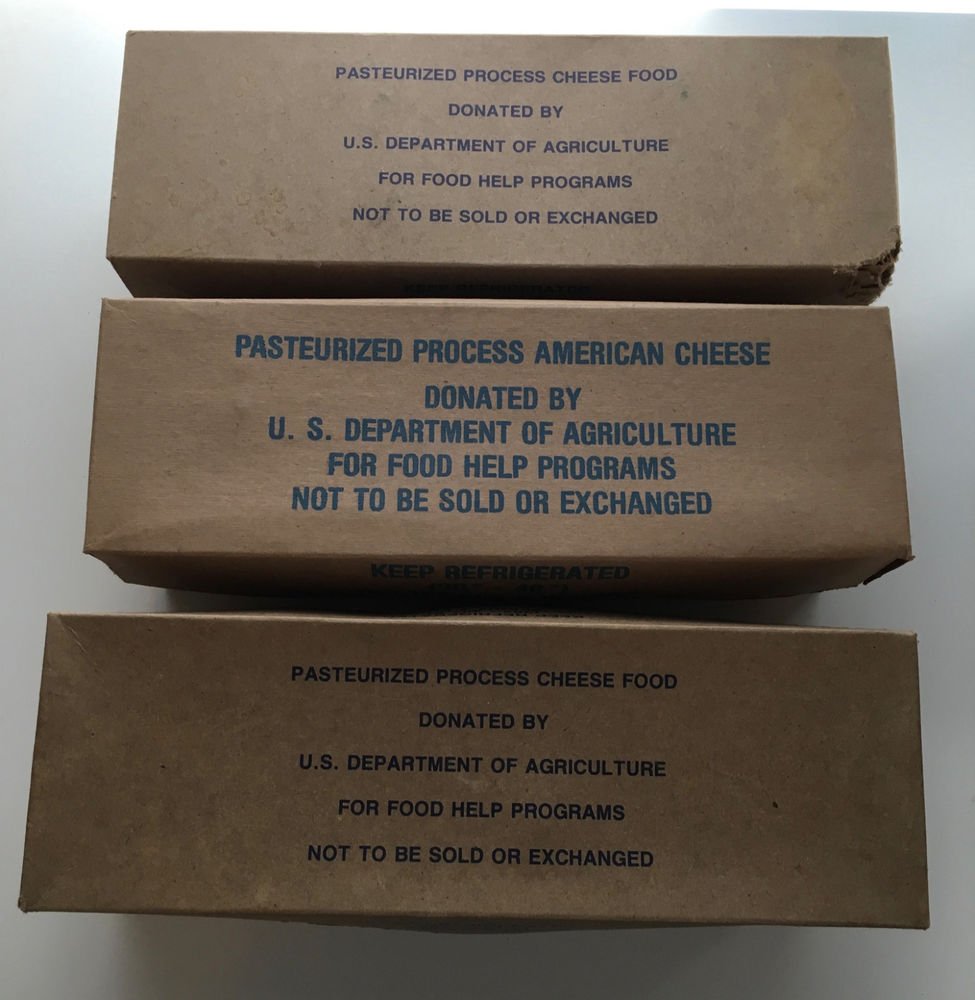
The cheese was distributed for free through food banks and other community organizations, and the official staple became known in popular culture as a symbol of poverty and government dependence. The stigma landed on the poor, which was a bit unfair, since the very origin story of the government cheese was the giant welfare program for US dairy farmers.
The government cheese program continued until the mid-1990s, when changes in food distribution and agricultural policies made it less necessary. Also, dairy demand has been on the downturn for a while now.
Fast forward to 2019, and the US government sits on 1,4 billion(!) pounds of cheese.
Where do you put so much cheese? Well, it turns out that there are some conveniently located former limestone mines in Missouri that were just begging to be turned into cheese caves.
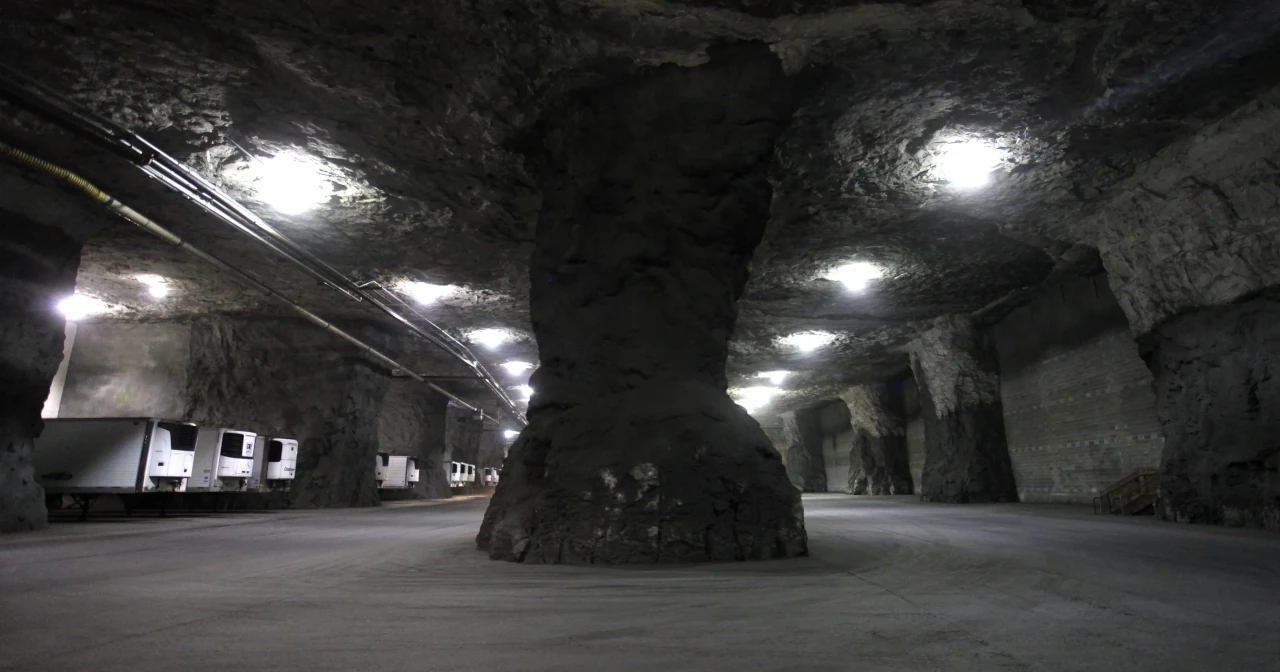
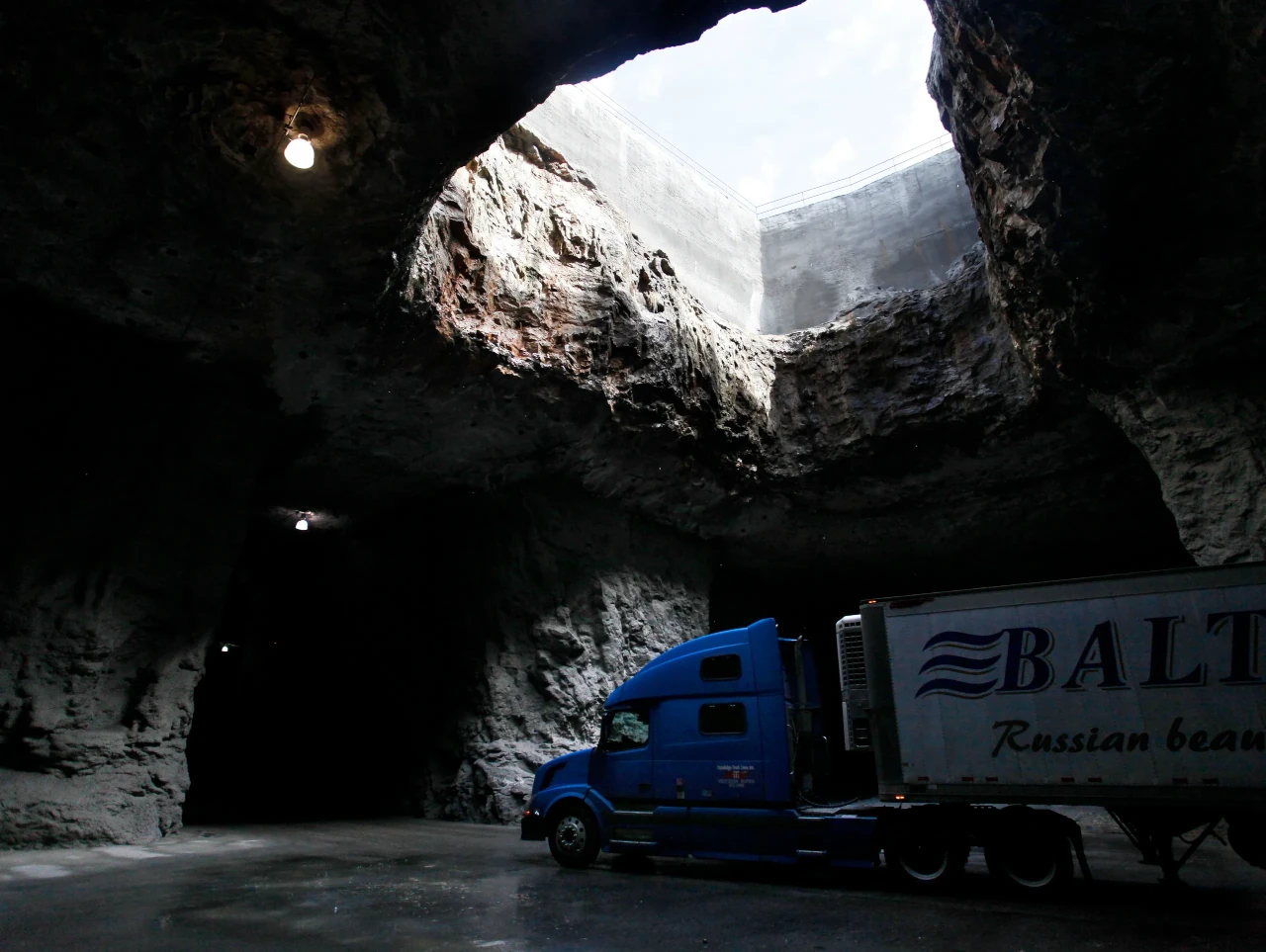
And so, deep below the earth's surface, there's a cheesy scene straight out of a spy movie -- except the spies are mice, and the treasure they're after is a lifetime supply of cheese. Actually, there probably aren't mice.
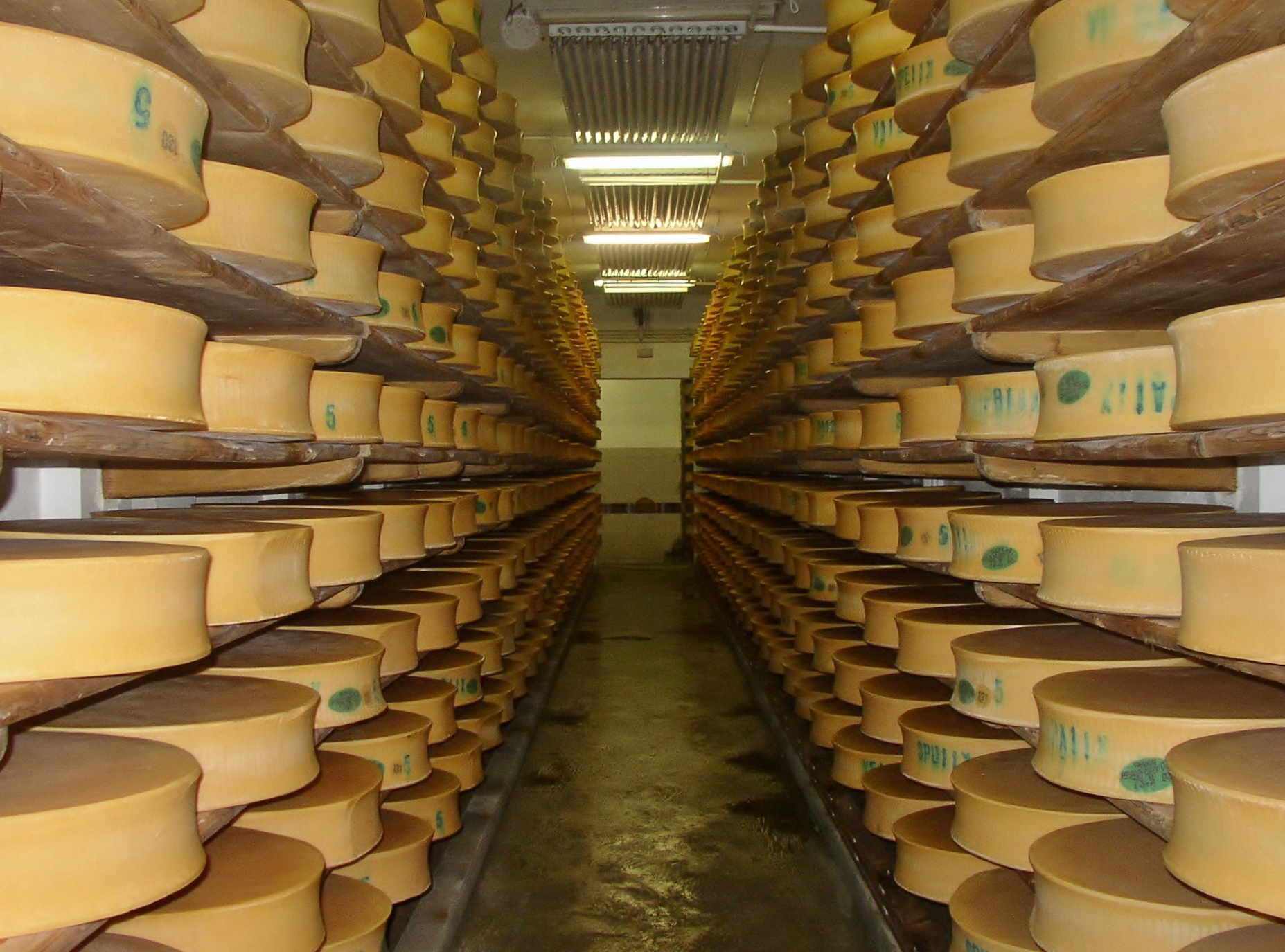
It's all a bit sad, really. The government is spending fortunes of the taxpayer's money to welfare coddle an industry that knowingly overproduces, all while pushing a product that may not be very good for us. This is basically the high fructose corn syrup story all over again, as studies have linked dairy consumption to an increased risk of heart disease, prostate cancer, type 1 diabetes, and many other negative health outcomes.
Many Americans are also lactose intolerant, meaning they can't properly digest the sugar found in dairy products. This causes a range of digestive issues, including bloating, gas, and diarrhea.
Maybe it's time for the government to reconsider its relationship with the dairy industry, have farmers grow what's actually in demand, and let those underground cheese caves answer their true calling as data centers.


